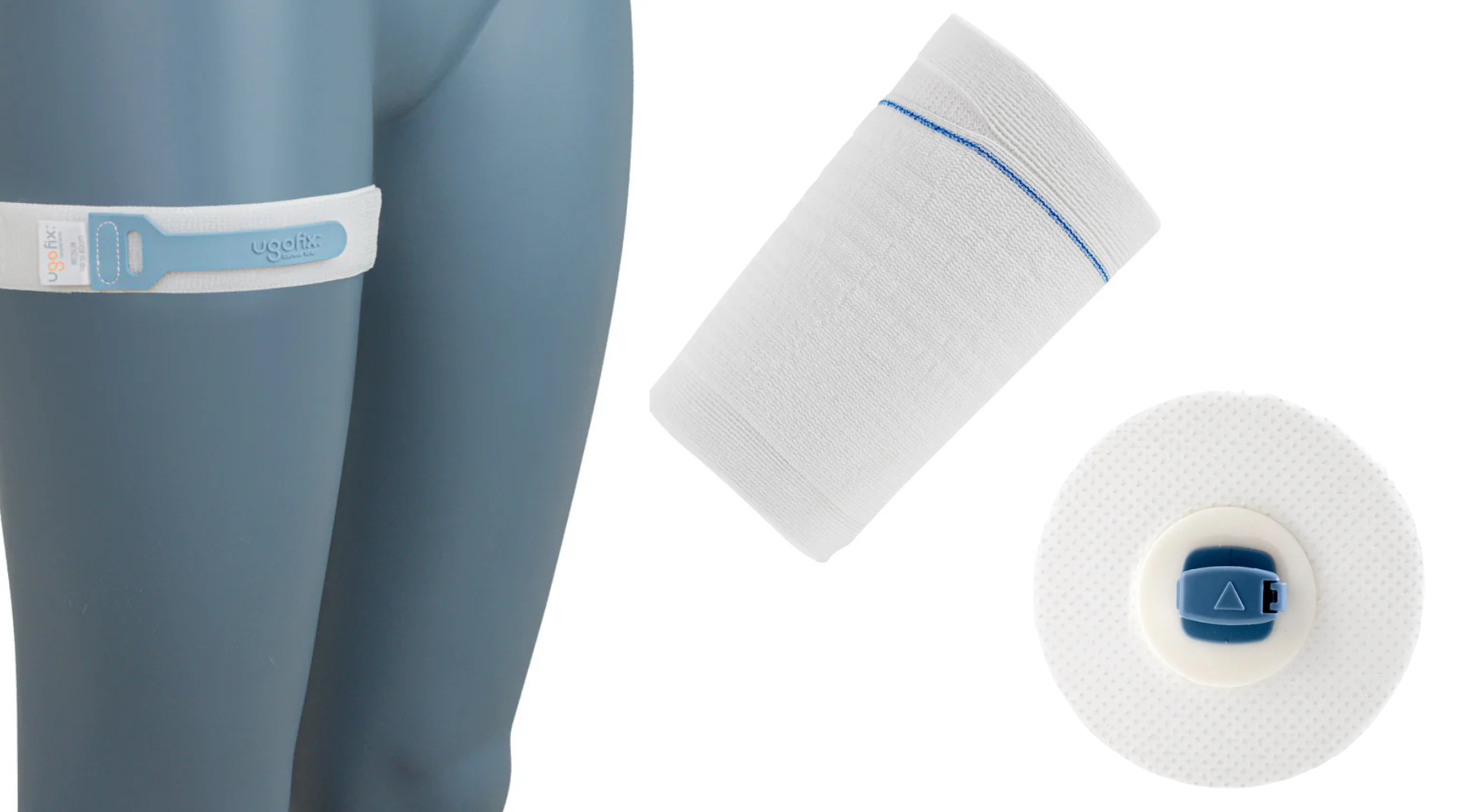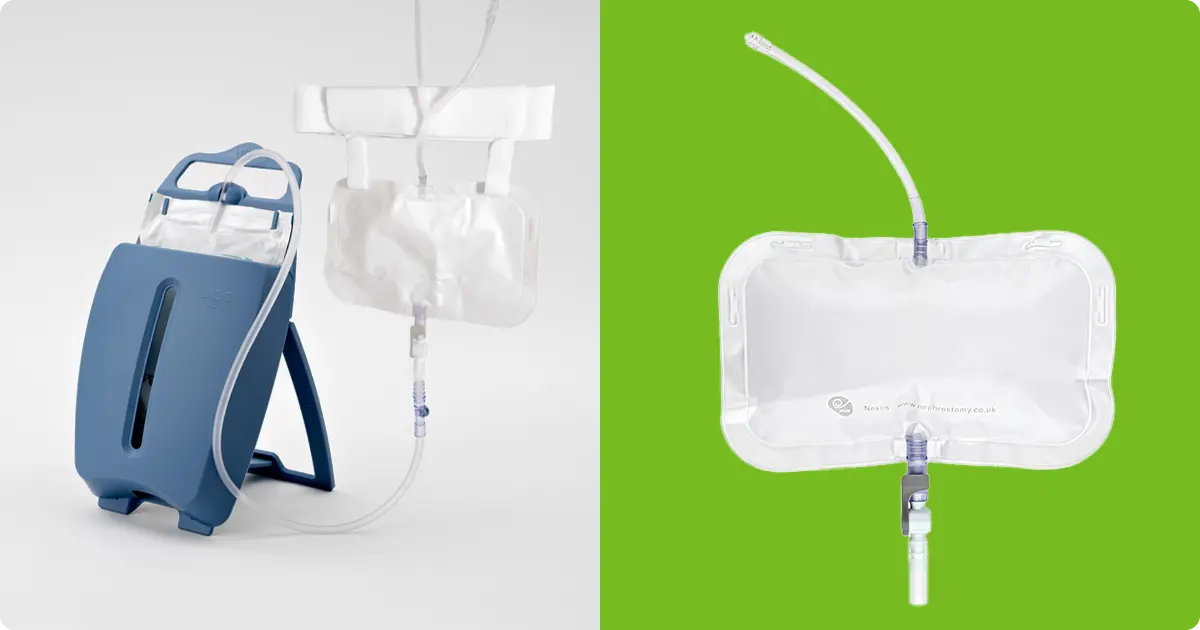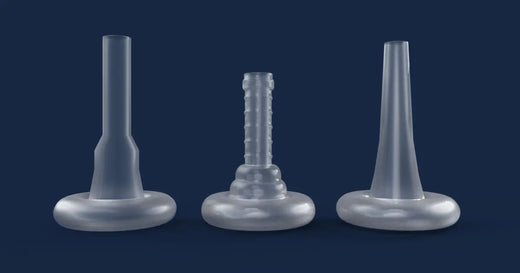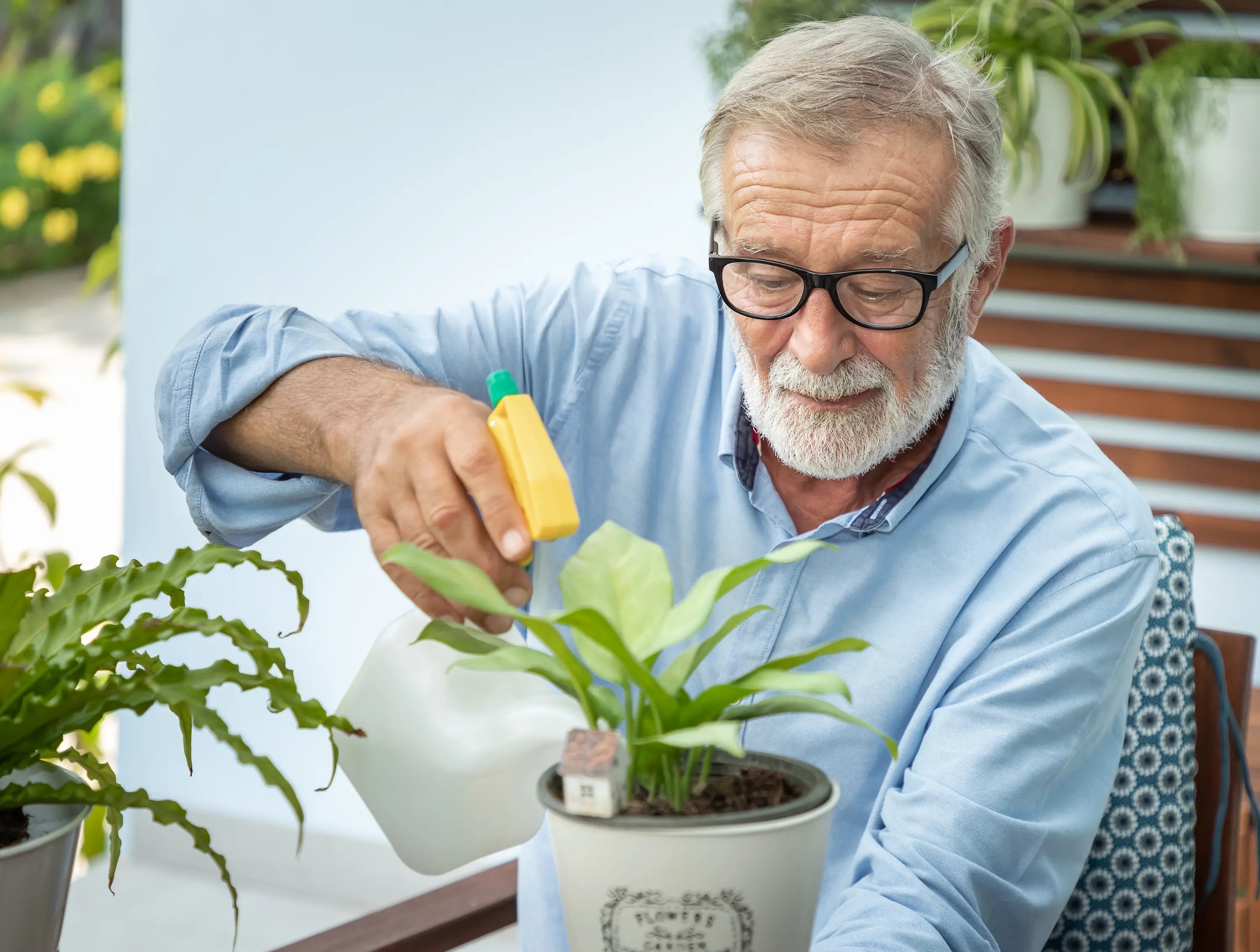Support & advice
How can we help?
Support & advice
How can we help?
Search by topic, question, more...Looking for technical help? Head over to our Help centre
Support
Find support by topic

Continence support
See all Continence supportLonger reads
A-Z articles
Support
Articles

Everything you need to know about bladder spasms
How do you know if you have bladder spasms, what causes them, and what can be done about them? Ke...

Why is my urine bag leaking?
Let’s take a look at some of the most common causes of a leaking urine bag.

Keeping active with a catheter
We’ve outlined some things that might be helpful for you to consider when planning exercise with ...

Choosing the right fixation device for you
There are a few different types of fixation devices you can choose from, depending on your lifest...

What are the different types of catheters?
If you’re new to the world of catheters, you may not yet be aware of the different varieties whic...

A-Z Intermittent Self-Catheterisation (ISC)
Intermittent self-catheterisation, or ISC for short, is used if you can’t empty your bladder by y...

Urinary continence and urinary incontinence: What's the difference?
Urinary continence generally means that you can control movement of your bladder. This isn’t some...

A-Z Ileostomy
An ileostomy means that your small intestine is brought out through an opening in your abdomen to...

Common catheter problems
Catheter-use, unfortunately, also comes with its very own problems and complications that you mig...

A-Z Nephrostomy
A nephrostomy is a thin plastic tube that allows urine to drain from your kidney. It is inserted ...
Contact us
Need more help?
Resources








